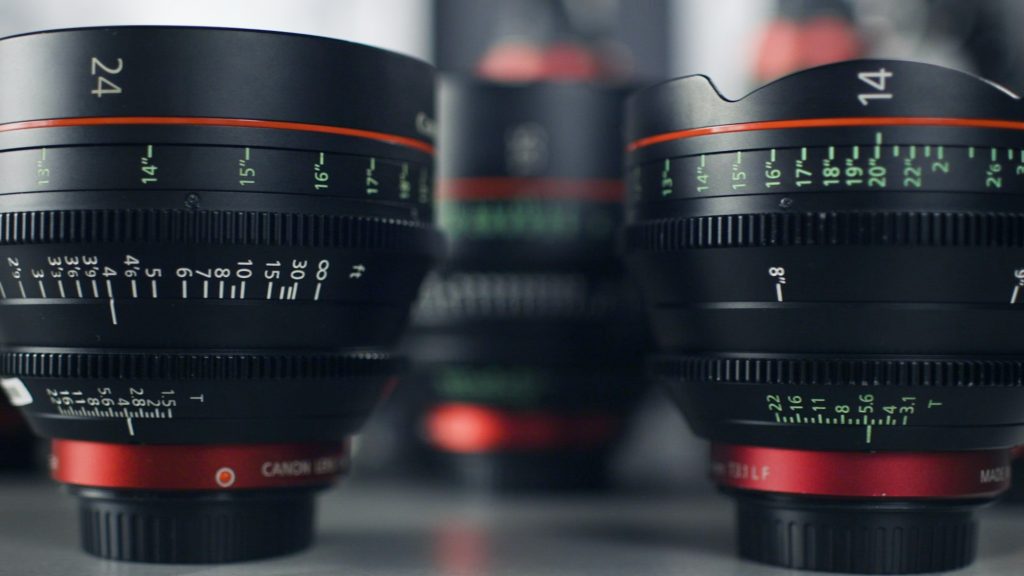Hyperfocal distance is not something many beginner photographers know. Like other concepts in photography, the hyperfocal distance is based on physics, more precisely optics. And although working with formulas may scare you at first, you’ll soon discover better ways to find the hyperfocal distance. Maybe even approximate it just by looking at the scenery. But first, you need to know what the hyperfocal distance is and when to use it.
Hyperfocal distance is the focusing distance that provides the maximum depth of field. When you focus at the hyperfocal distance, you have both foreground and background acceptably sharp. And what acceptably sharp means is that the human eye won’t register any blur.
So, when you want the entire frame to be in focus, you have to calculate the hyperfocal distance. It is often used for landscape photographs, cityscapes, and scenes that have something interesting happening in the foreground and background.
Hyperfocal Distance in Photography – The Definition(s)
Hyperfocal distance has two definitions. They go in the same direction, have similar formulas, and reach almost the same value. However, they give different perspectives on the concept, and you may find one or another easier to comprehend. Therefore, we cite both definitions and formulas we found in this [source].
Definition #1: The hyperfocal distance is the closest distance at which you can focus while keeping objects at infinity acceptably sharp. When the lens focuses at this distance, all objects at distances from half of the hyperfocal distance out to infinity will be acceptably sharp.

, where H is the hyperfocal distance, f is the lens’ focal length, N is the f-number (aperture), and c is the circle of confusion limit.
Definition #2: The hyperfocal distance is the distance beyond which all objects are acceptably sharp for a lens focused at infinity.

, where H is the hyperfocal distance, f is the lens’ focal length, N is the f-number (aperture), and c is the circle of confusion limit.
As you can see, one definition states that beyond the hyperfocal distance all objects are acceptably sharp (the background. The other specifies that all objects from half the hyperfocal distance to infinity are acceptably sharp (the foreground and background). The difference in value is just a focal length, which is insignificant even with a telephoto lens.
The circle of confusion limit (c) defines what acceptably sharp means and depends on image format, viewing distance, and enlargement. It is somewhere between 0.01 and 0.2. For a small image format, 35mm film camera, the circle of confusion limit is around 0.03. That being said, if you have a 50mm lens and f/8 aperture, the hyperfocal distance will be 10.42 meters. If you add it or not the 50mm focal length, doesn’t really matter.
You should also notice that the bigger the focal length is, the longer the hyperfocal distance gets. As a result, to achieve the same depth of field with a telephoto lens, you have to focus farther away.
How to Use the Hyperfocal Distance in Practice
You can always use a formula to calculate the hyperfocal distance. However, there are easier ways to find it.
One solution is to use hyperfocal charts. They list hyperfocal distances for a wide range of combinations of parameters. For example, you can find hyperfocal charts for Canon cameras that give hyperfocal distances for different focal lengths and apertures but use the circle of confusion limit for Canon cameras.
Some apps you install on your phone calculate the hyperfocal distance for the combination of camera model, aperture, and focal length you introduce.
You’ll find the hyperfocal distance and corresponding aperture marked on some cameras and lenses.

Photo by ShareGrid on Unsplash
You can also approximate the hyperfocal distance by doubling the distance between the camera and the closest object you want in focus (the first definition helps you here). Or you can do it step by step: focus on the infinity and then slowly move the focus closer and closer until you achieve the composition you want.
Remember, every time you want to have objects situated at considerably different distances from the camera in focus, use the hyperfocal distance.

Photo by Thomas Morse on Unsplash
Photography is a mix of creativity and technique. And while it may seem complicated to focus on composition rules and measurements, a good technique produces good photographs. You don’t have to be super accurate; approximation is part of the deal. But you have to know the basic concepts and understand how and when to use them.
Cover photo by Andrzej Rusinowski on Unsplash

